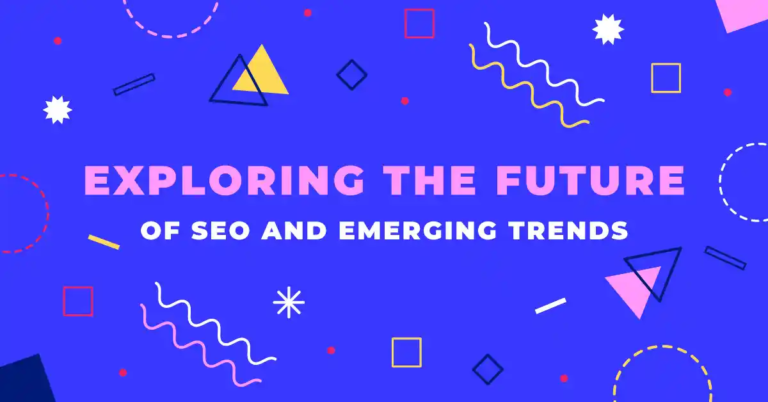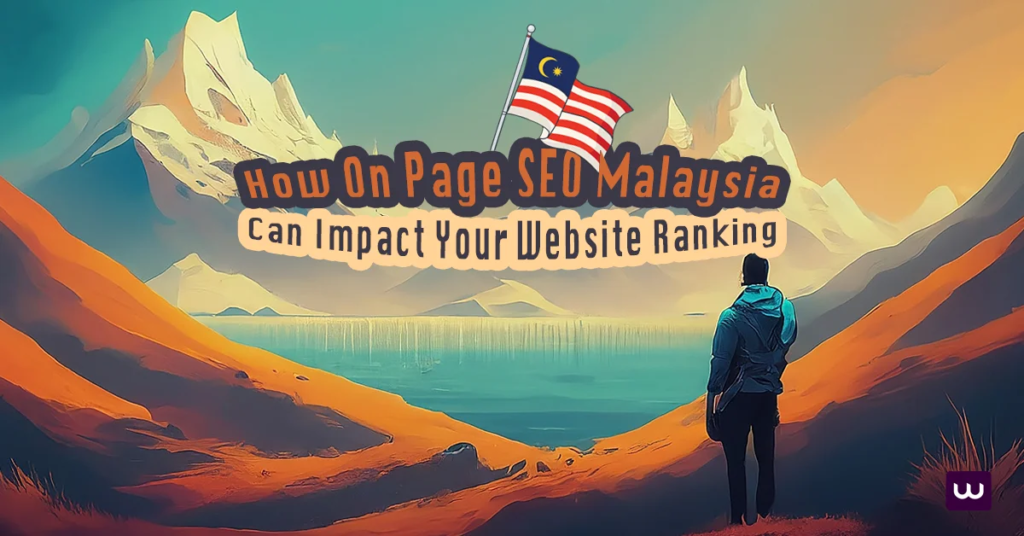
If you’re in the digital marketing world, you probably know that Google is always changing its algorithm. We need to update constantly to stay ahead of the competition. And Google is focusing more on On page SEO than ever before.
So, one of the top priority right now is to update the On page SEO standards. But what is on page SEO? On page SEO refers to the process of optimizing individual web pages to improve search engine ranking and attract relevant traffic. What need to be done to optimize it? Let’s go through the basics of on page SEO, and all the difference such as concepts, reasons, when to optimize and who should do on page SEO. You can find everything you need to know about on page SEO in this article by WDD Malaysia.
What is SEO – Search Engine Optimization?
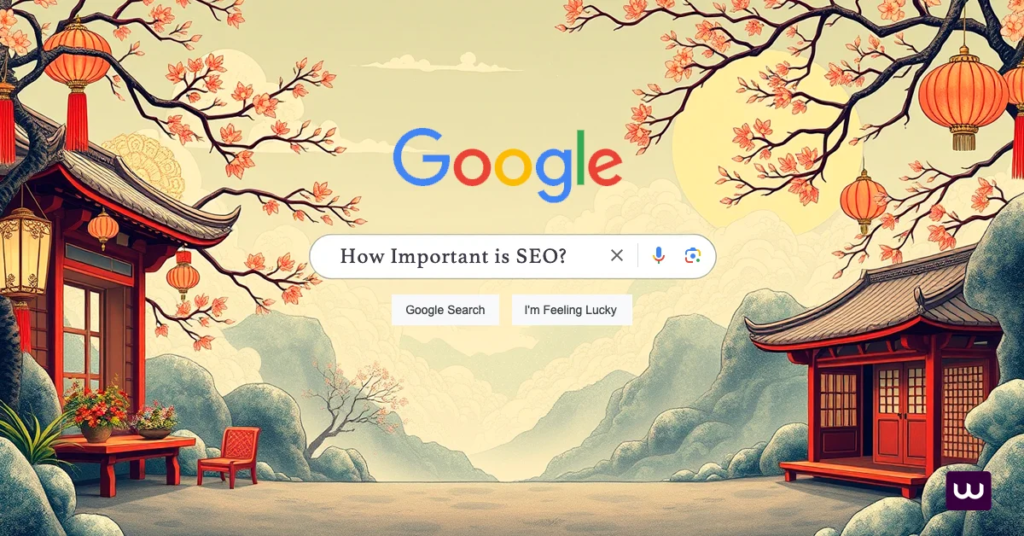
SEO, or search engine optimisation, is the process of improving a website’s ranking on search engines so that users can find a web page easier on search engine result pages, specifically on the first page result.
In the search results table, SEO is below the Adwords ads (currently, the Adword results will have the word “Ad” on the ad itself). SEO results are the results of the optimizing efforts and achieving popular top rankings that are often called TOP 1 to TOP 10.
How Important is SEO?
Nowadays, the Internet is a place to store all the information needed by users. The Internet is growing and changing user behaviour as well; from the traditional buying behaviour in the past, consumers buy more online. While SEO is a long term strategy to enhance organic search results and maintain sustainable website traffic over time, search engine marketing is paid ads for immediate visibility.
SEO Increase Potential Customers
When consumers are buying or searching for information related to products/services, they will surely do search queries on search engines. Now, if your website doesn’t appear on the SERP (Search engine results page) of major search engines like Google, Bing and Yahoo, you have lost many potential customers.
In other words, doing SEO for your website will help you rank higher on the SERP (Search engine results page) of major search engines, so you will get to reach more interested people. From there, have the chance to convert them into your potential customers.
SEO Increase Brand Awareness
In a traditional business, you need to have a store in a good location with lots of organic traffic from which you will get more potential customers. In online business with search engines too, everyday users have thousands of search queries showing interest in the industry, product or service you are offering. If you don’t appear on search rankings, it’s like you don’t have a good location in a traditional business.
You appear on search rankings so more users can see you when needed. From there, it will create brand experiences in the minds of users well-optimized this will definitely have the chance to become a beloved brand online.
SEO Optimize the Cost of Reaching Customers
Compared to other ways to reach customers, SEO is a cost saver. As a result of your SEO efforts, thousands of people will visit your website every day.
If you have 1000 visitors daily, you can sell 50 daily. If you advertise with Adwords, you will lose money for each visit, and if you promote with other types of display ads, you will lose convenience for each visit. But you don’t have to pay more advertising fee if you use SEO. Isn’t it cool?
SEO Help You Get to Know Your Customers Better
The most important task in the optimization process is to provide the target client truly useful information. And to do that properly you need to do a thorough research of your target customers’ behaviour and needs to provide high quality content that meets their needs. This research will help you get to know your customers better.
What is On-page SEO?
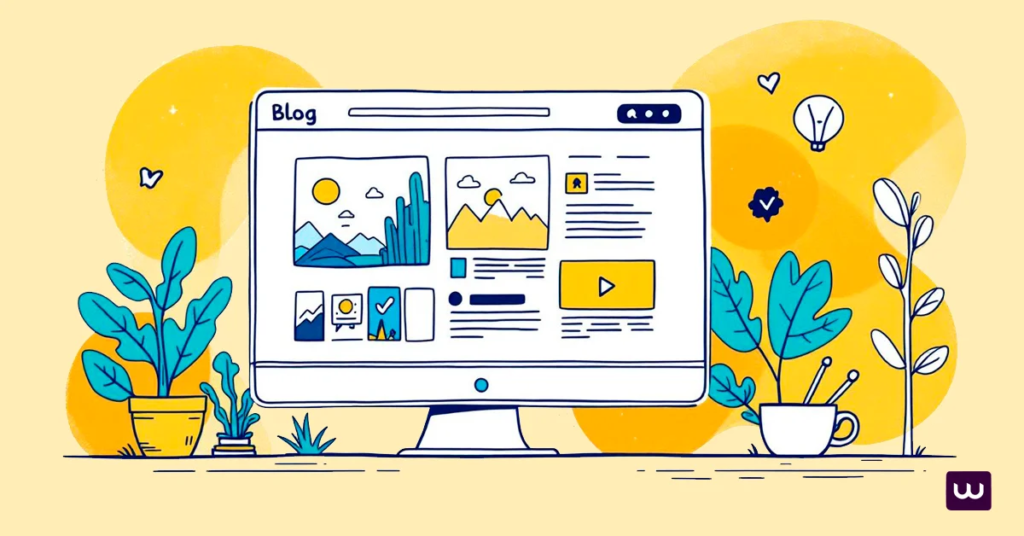
In the vast digital marketing and ever changing SEO world, On page SEO is a set of techniques to optimize the structure, content and other elements of a website. To get SEO traffic and improve search engine ranking, On page SEO focuses on two main factors: content and SEO tactics. Unlike Off page SEO, On page SEO is the easiest and fastest way when you can control 100% of your search results.
To improve the website’s Google search ranking. The website gets more traffic and have more chance to reach potential customers. Local SEO also plays a big role in on-page SEO especially for businesses that target local customers by improving their presence in local search results.
In other words, On page SEO is a job that encompasses many tasks and manipulations that marketers do to optimize directly on web pages so they will rank better in search engine results. This will get the site more website traffic and reach more targeted customers from natural search sources (organic search, not paid search). Optimizing HTML code, creating and enriching website content and reorganizing page content to fit the customer are all part of this task.
Why On page SEO strategy is needed?

Just writing content is not enough to increase SEO ranking and get to the top of keyword research on search engines results page. You must make sure the article, web page or blog post is optimized for On page SEO and combined with some Off page SEO techniques. Plus writing standard On page SEO article from the beginning will help you control the content and quality better so you can On page later.
Standard On page SEO article must meet SEO criteria about title tags, meta descriptions, Meta tags, page’s title tag, internal links, inbound links, outbound links, header tags, alt text, links pointing, H1, H2, URL… Those criteria will be explained in detail below. Master On page SEO techniques for Malaysian market, also known as SEO Malaysia can boost website ranking and drive organic traffic and help businesses to get more sales and visibility.
Besides on the first page, optimization can help Google search engines and users as follows.
For Google search intent
Optimize On page SEO with the search engine so Google’s algorithm can understand and quickly crawl the website. Because standard SEO article is not enough, you need to implement standard On page SEO article and combine with some Off page techniques.
For user intent
On page SEO optimization makes the website more user friendly. From there on page optimisation, you will control the content and help the article to be more optimized. Plus On page SEO optimization for search engines is to evaluate prestige and quality. Optimizing for users is to enhance user experience. Besides creating conversions, attracting users to visit the website is crucial when doing SEO.
When to do On page SEO?

On page SEO is a must, so you should prioritize when doing this work especially when it’s free. Specifically:
You should setup On page SEO factors from the moment you just built the website. The setup elements can be site structure, Https, sitemap etc.
Tasks that you need to do regularly: writing new SEO content marketing, writing content, optimize page speed or site speed etc.
You still need to do On page SEO even you are ranked #1 on Google search to maintain long term site ranking.
Using professional seo service can boost your on page SEO and website visibility and search engine ranking.
Some On page SEO Ranking Factors are Prioritized by Search Engine Results Pages
Meta Description
A meta description is a short description (120-150 words) in user’s search results, so users know what your site is about before they click.
Now this method of inserting keyword phrase in this section is no longer effective in search, social media marketing, and digital marketing landscape.
So instead of trying to stuff keywords in this description, try to optimize for CTR, increase organic traffic and website visitors to your website. From there indirectly increase keyword ranking, SEO ranking and even Google ranking. Including meta description in your seo package can further boost your website visibility.
Internal Link and Outbound Link
A complete article need both Internal link and Outbound link.
Internal links will help Google to crawl information quickly and make it easier for users to navigate. Besides, they connect articles together.
Outbound links are links to other sites other than your website. It’s not just a relationship with websites. It’s also a way for Google to understand your web content better. Plus these external links create more trust especially if it’s links to pages with higher domain authority.
SEO services Malaysia optimize internal and outbound links to increase local search visibility and connect businesses with local customers.
Optimize Page Speed
Page load time is one of the factor that users read your web content or not. You can get Google Analytics directly or use Google PageSpeed Insights tool to check and follow the recommendations to improve your web speed such as:
Use file compression software to reduce CSS, HTML etc. over 150 bytes.
Use Photoshop software to avoid blur or break the image.
Optimize code (remove unnecessary characters, redundant code, semicolons, ..).
Minimize web redirects.
Minimize image size.
Mobile Users Friendly
User experience on mobile devices is getting more and more attention from Google and increasing site ranking. So mobile friendly web design is one of the web ranking factor. Besides you should optimize a few more below to ensure best visibility:
Implement AMP (Accelerated Mobile Page)
Remove registration form display
Optimize URLs
URL is one of the biggest ranking factor on On page SEO. Remember to optimize On page SEO so the shorter your URL the higher the search engine ranking. Put your focus keyword (highest search volume) in the URL.
A good On page SEO standard URL should have the following three factors:
Contains the main SEO target keyword (with the highest search volume)
Short but get the whole idea across
Related to the article content
Note: It’s recommended to combine many target keywords with the same search intent (Search Intent) into the same URL to SEO multiple keywords at once.
Highlight the Main Keyword in the Article
Another on page factor to consider in SEO ranking is keyword. The main SEO keyword should be bold in the article. Main keyword density is 1-3%, evenly distributed in introduction, H1, H2, body and conclusion. You can use additional keyword research tool to help distribute it evenly throughout the article. Besides spread secondary keywords/related words/synonyms throughout to increase the relevance of ideas, forming a unified topic for the article.
Don’t put all the keywords in the article or duplicate content. Because after all the best web SEO strategy is to focus on the user and their experience.
Images
A good SEO strategy should not only optimize keywords and content of the article but also optimize the images posted on the website by:
Image names should be unsigned and use – between words.
Optimize image SEO tags.
Meta section in the image should be filled in fully including (Title tag, Author, Meta Descriptions …) or at least the image name before upload.
Besides you can optimize this by applying image SEO to the top of the search. Because Googlebot can’t recognize images, it can only read letters or characters. So adding alt text to the image will help Google to identify it faster, easier and more effective and your page will be on top of google search results in no time.
Anchor text
Anchor Text is the text where you will click to a hyperlink to other pages. You must make sure the anchor text accurately and fully represent the content of the affiliate link to other pages.
Some tips for anchor text:
Don’t write general anchor text such as: click here, here, … but describe the linked website more specifically.
Limit the use of anchor text. Write new anchor text assets.
Try to avoid broken links and check for spammy sites. It’s better if you only choose links from pages with high domain authority.
Semantic Keyword
Semantic keyword is meant to add more depth to your content. Unlike LSI (Latent Semantic Indexing) keyword, semantic keyword help user and Google to understand the context/topic of the article better. Usually you will start by researching 10-20 semantic keyword and then insert it as relevant keywords into the article that need On page SEO.
Keyword Research and Optimization
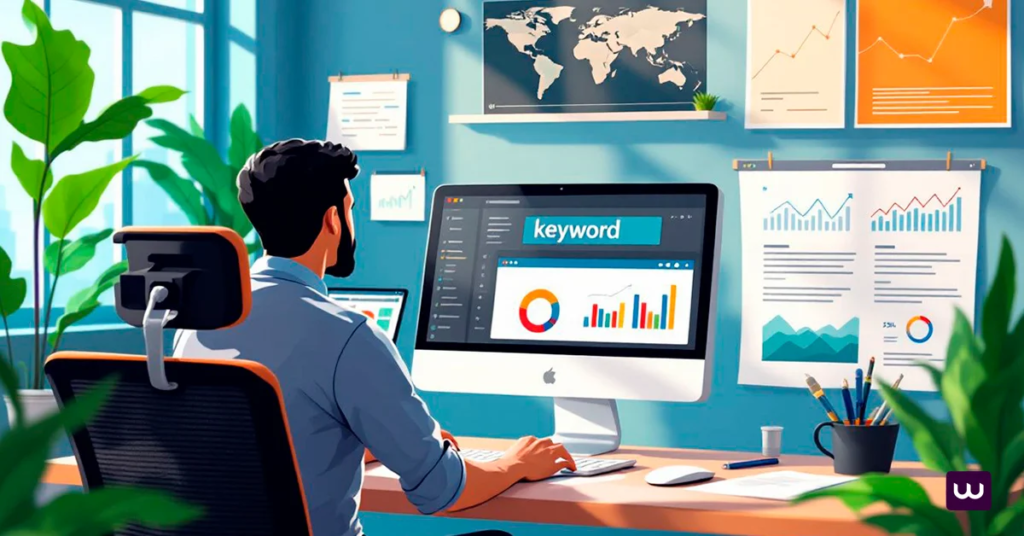
Keyword research and optimization is the fundamental step in any search engine optimization strategy. It involves finding the most relevant and high traffic keywords related to your business, product or service. By inserting these keywords into your website content, meta tags and other elements you can improve your website visibility and ranking on search engines.
At WDD, we use advanced tools and proven SEO strategies to do the keyword research and optimization. Our team of experts will analyze your website content, find the gaps and recommend the most effective keywords to target. We also ensure your website is optimized for local SEO to reach your target audience in Malaysia. This will not only improve your search engine ranking but also drive more targeted traffic to your website.
Quality and Relevant Content

Quality and relevant content is the key to any website to rank high on search engines. It not only improve your website visibility but also provide immense value to your target audience. Our team of expert content writers create engaging, informative and SEO friendly content that resonate with your audience and meet their needs.
We understand the importance of content marketing in search engine optimization and make sure our content is optimized using the latest SEO techniques. This includes thorough keyword research, strategic use of meta tags and effective internal linking. By focusing on these elements we create content that not only attract website visitors but also drive conversions and improve user experience.
Local SEO
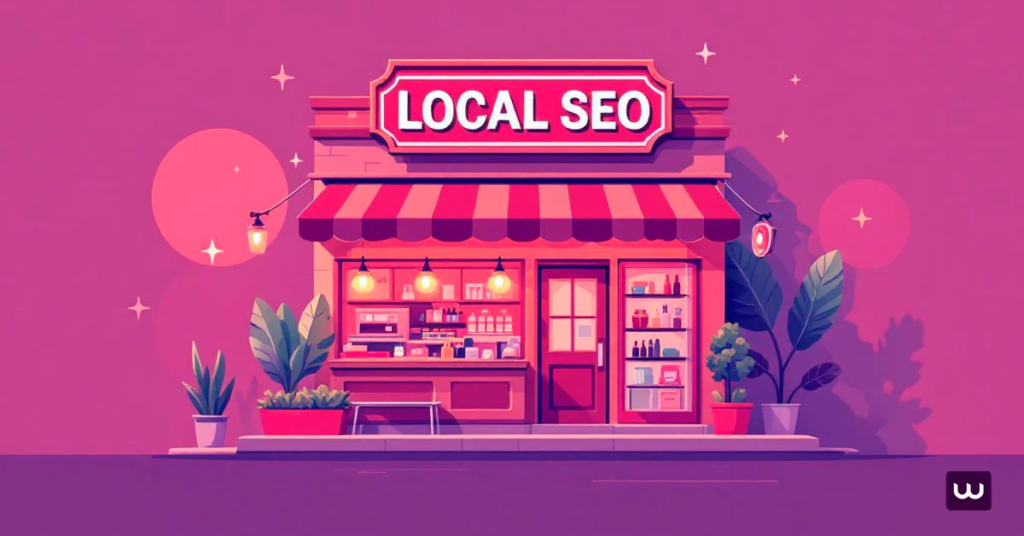
Local SEO is one of the important part of search engine optimization especially for business that target specific geographic region. It involves optimizing your website to rank high on search engines for location based search. Our team of experts use advanced local SEO techniques including Google My Business optimization, local keyword targeting and NAP (Name, Address, Phone number) consistency to improve your website visibility in Malaysia.
We understand the importance of local SEO to drive foot traffic and sales for business. Our local search engine optimisation and SEO services is designed to help you reach your target audience in Malaysia and improve your online presence. By focusing on local search engine optimization we ensure your business stand out in local search results and attract more local customers and boost your overall search engine ranking.
Top 4 Best Check On page Tools Available

Yoast SEO
Yoast SEO is built into WordPress and is the most used tool today. This tool is free and easy to use. This tool is useful whether you are creating a personal blog or an SEO expert for a website.
You can upgrade to Yoast SEO Premium to get all the features. Or the free version has basic and comprehensive on page SEO capabilities.
Yoast SEO can help you with tasks such as title and meta description check, sitemap management and many other SEO related tasks.
SEOQuake
SEOQuake is a free tool to check your On page SEO. The tool will help you to check if the website On page elements meet or exceed search engine requirements.
On page issues meta tags such as URL, Title, Meta Description, Meta Keywords, Headings, Images, Favicon, Sitemap and others can be checked with SEOQuake.
WDD currently use SEOQuake to check Keyword Density regularly. This is the tool I recommend to optimize your website Onpage.
SEMRush’s On page SEO Checker
SEMrush’s On page SEO Checker is the tool many people use today to check on page standards. The tool will help you keep up to date, identify the website weak points, analyze and compare your website with top 10 competitors.
Then provide suggestions and methods to optimize on page elements and promote the website to boost search engine ranking fast.
Website Auditor
This tool is for on-site (domain) and on-page (content) optimization. This tool is useful to improve website ranking.
Here are some of Website Auditor’s features:
Check website structure
Visit many website
Help to reduce website loading time
Display warning when broken link is found.
Have full control over many aspect of the website, title, navigation, domain name etc.
SEO Packages and SEO Services
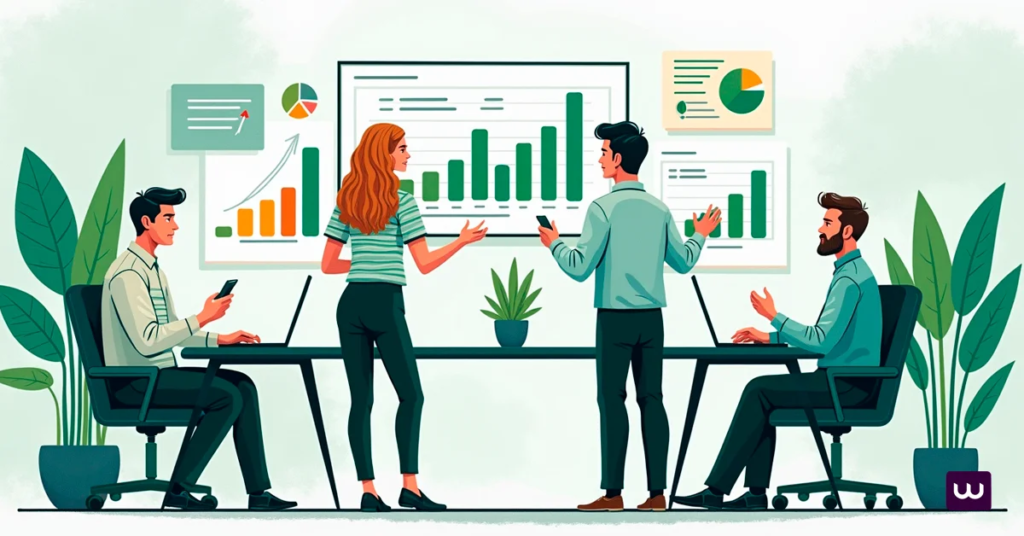
At WDD Malaysia we offer various SEO services and packages to suit your business needs. Our SEO services include:
Keyword research and optimization
High quality and relevant content creation
Local SEO
On-page SEO
Technical SEO
Link building
SEO audit and analysis
Our SEO packages is designed to give you a complete SEO solution that drives traffic, conversions and sales. We offer customized SEO packages to suit your business needs and budget so you get the best value for your money.
Contact us today to learn more about our SEO services and packages and how we can help you to improve your online presence in Malaysia. Whether you need a full SEO overhaul or specific SEO services, our team is here to help you achieve your digital marketing goals.
Conclusion on Search Engine Optimisation
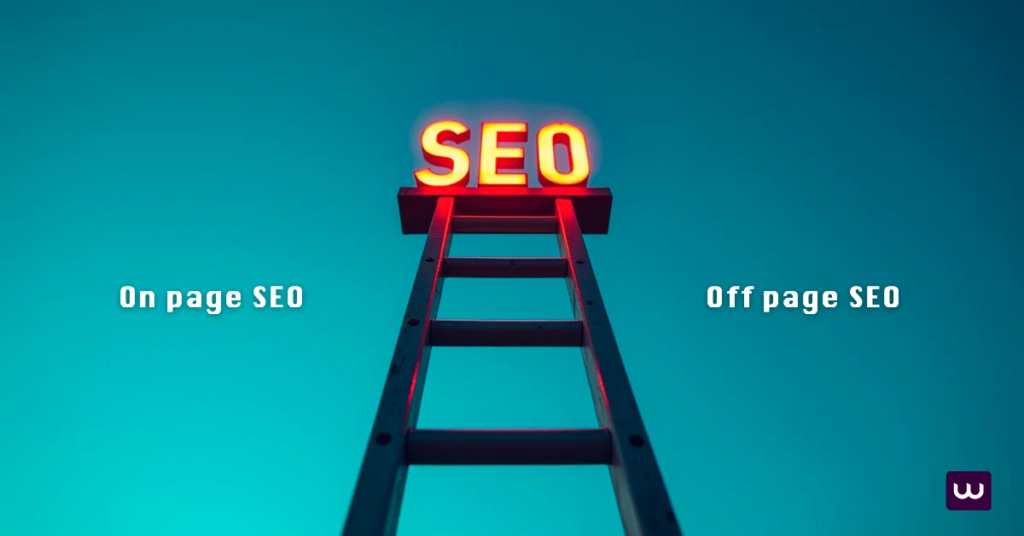
So there you have it. Hope this article help you to understand On page SEO better and make it easier for you to optimize all your website content so you can rank for higher rankings in Google search results. Remember that although On page SEO is important, the best SEO strategy is still a combination of both On page and Off page.
Leave a comment or contact us for more technical SEO tips. Good luck!


